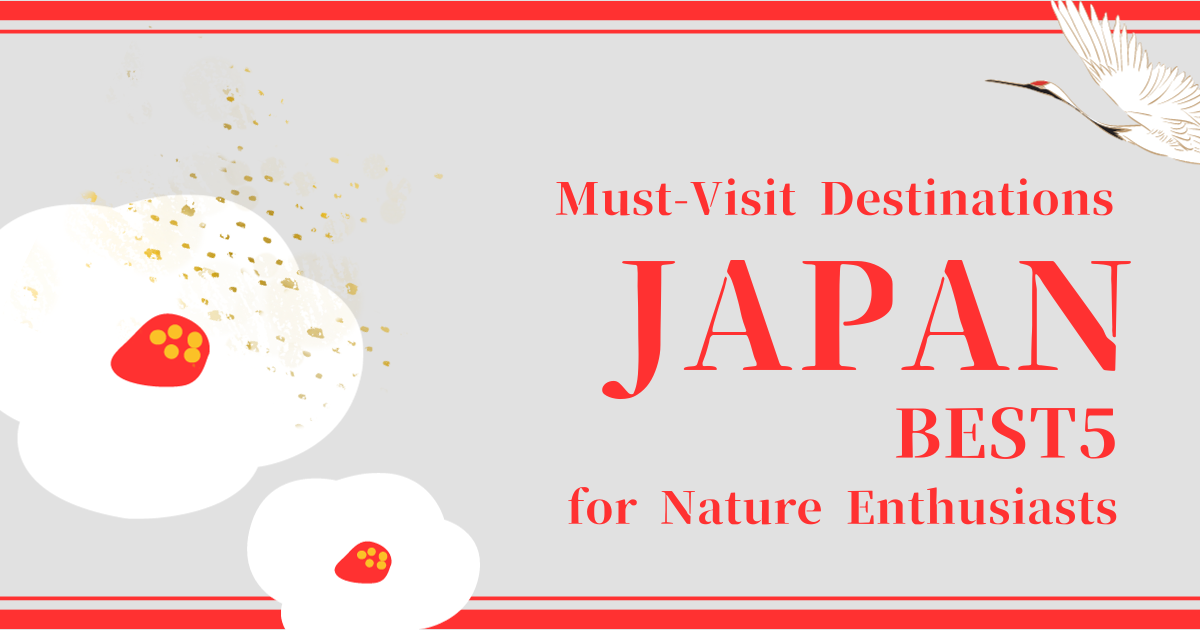Japan, a land renowned for its harmonious blend of ancient traditions and modern marvels, also boasts some of the most breathtaking natural landscapes in the world. From the northern icy wilderness to the tropical southern islands, the country offers a diverse range of natural wonders. In this blog, we’ll explore five must-visit destinations in Japan that promise to leave nature enthusiasts in awe. Whether you’re an avid hiker, a photography lover, or simply someone who appreciates the tranquility of nature, these spots are sure to captivate your heart.
1. Shiretoko Peninsula (知床半島)
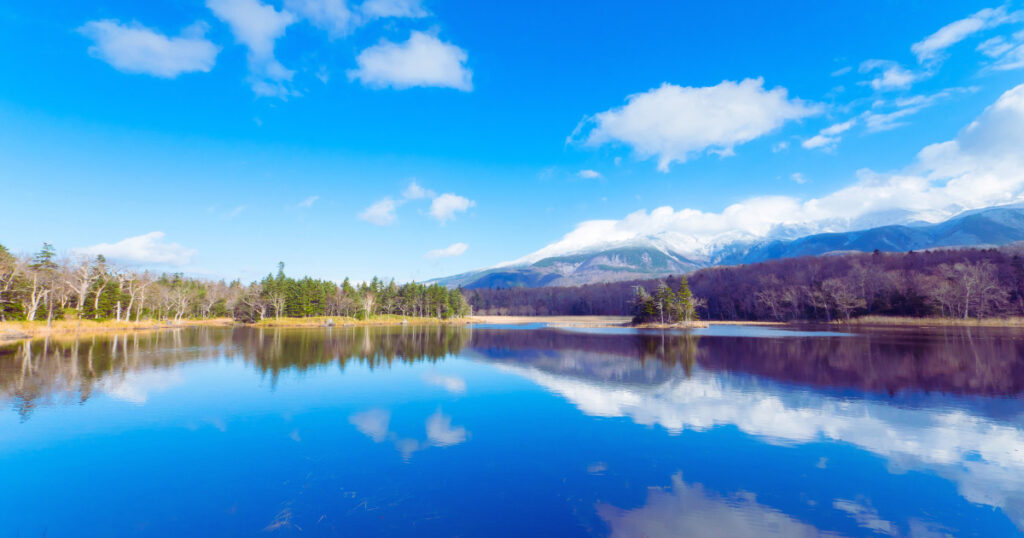
Located in Hokkaido, the Shiretoko Peninsula is a UNESCO World Heritage site known for its untouched wilderness. It’s a paradise for wildlife enthusiasts, offering sightings of brown bears, eagles, and various marine life.
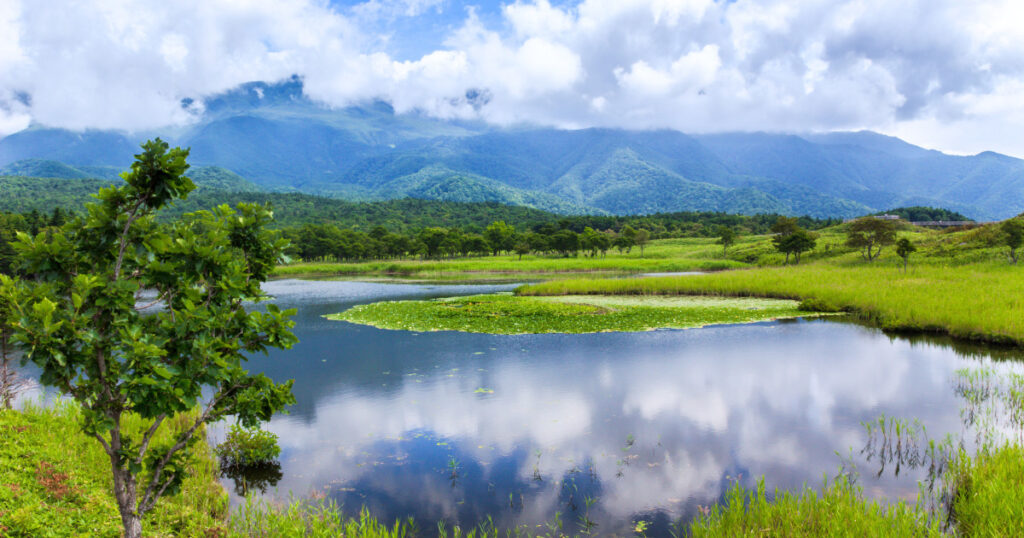
The peninsula’s dramatic landscapes, including rugged cliffs and cascading waterfalls, are accessible via hiking trails or boat tours. In winter, the peninsula offers a unique spectacle with drift ice formations, a truly magical sight!
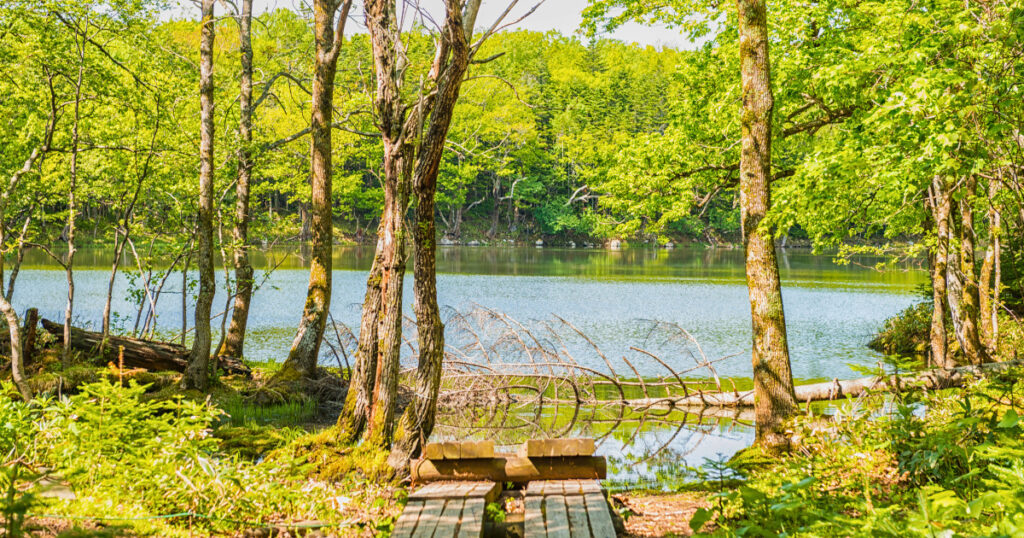
To travel from Sapporo to the Shiretoko Peninsula, you typically have a few options:
The fastest way is to take a flight from Sapporo to Memanbetsu Airport, which takes about an hour. From there, rent a car and drive approximately 2 hours to reach the Shiretoko Peninsula.
As for tourist attractions, Shiretoko is known for:
- Shiretoko Five Lakes: Offering stunning views and wildlife watching.
- Shiretoko Pass: Provides panoramic views of the peninsula.
- Shiretoko Goko (Five Lakes) Trail: A popular walking trail among the lakes.
- Boat Tours: To view the peninsula from the sea, including possible whale and dolphin sightings.
The best season to visit Shiretoko is:
- Summer (June to August): Ideal for hiking and wildlife watching.
- Winter (January to March): Perfect for ice floe sightseeing and winter activities.
Each season offers a unique experience, with summer being great for exploring the lush landscapes and winter offering a magical icy scenery.
2. Oirase Stream (奥入瀬渓流)
Nestled in the Aomori Prefecture, Oirase Stream is a picturesque mountain stream surrounded by lush forest.
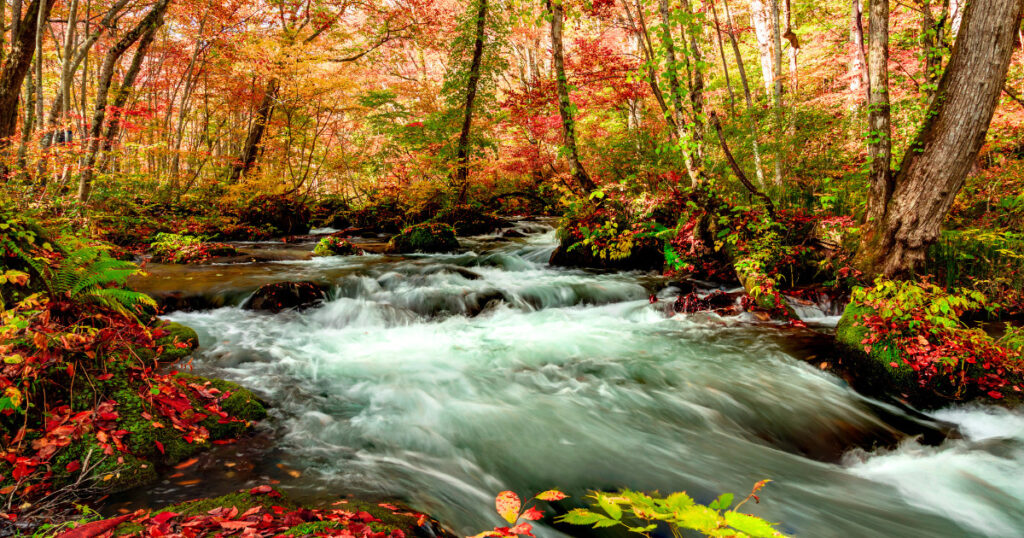
The area is particularly famous for its enchanting beauty in autumn when the leaves turn vibrant shades of red, orange, and yellow. The gentle trail along the stream is perfect for leisurely walks, offering views of cascading waterfalls and serene natural pools.
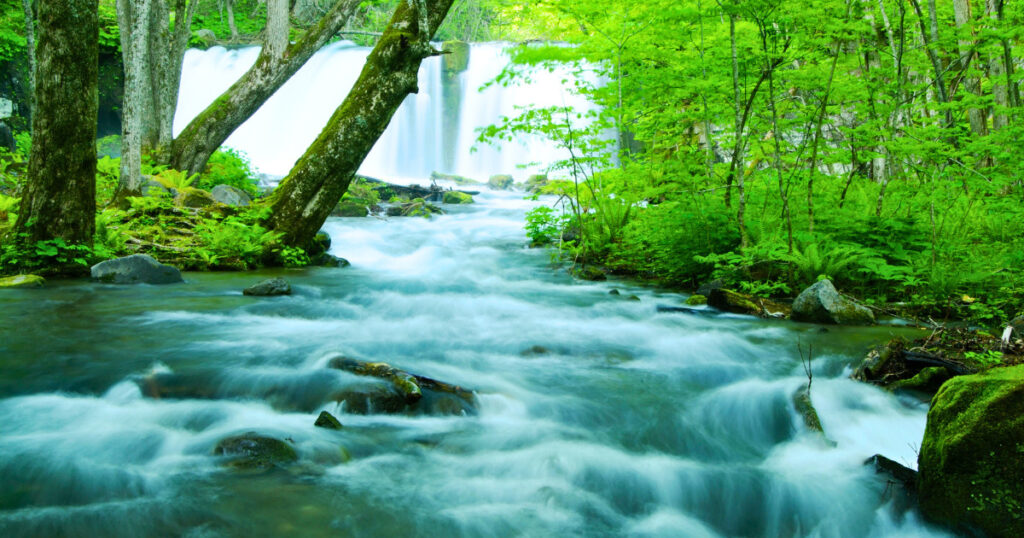
The Oirase Gorge in Japan is a picturesque destination known for its natural beauty.
- The Oirase Stream: A stunning mountain stream with numerous waterfalls along its path.
- Kumoi no Taki: A famous and beautiful waterfall along the stream.
- Choshi Otaki Waterfall: Another impressive waterfall, easily accessible to visitors.
- Nature Trails: Well-maintained trails run alongside the stream, offering easy walks through the scenic forest.
The best seasons to visit Oirase Gorge are:
- Autumn (October to November): The area is renowned for its spectacular autumn colors, making it the most popular and picturesque time to visit.
- Spring and Summer (May to July): These seasons offer lush greenery and vibrant life along the stream, with comfortable weather for hiking and exploring.
3. Tateyama Kurobe Alpine Route (立山アルペンルート)
The Tateyama Kurobe Alpine Route is a unique mountain sightseeing route through the Northern Japan Alps.
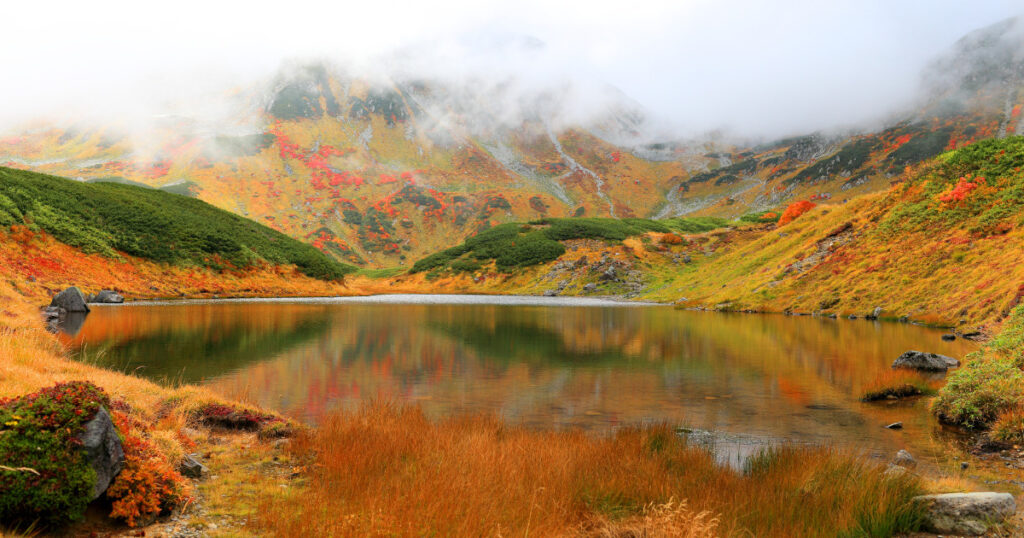
It features various modes of transport, including cable cars and trolley buses, providing stunning views of the surrounding mountains. The route’s highlight is the majestic Kurobe Dam and the spectacular “Snow Wall”, which offers an unforgettable experience, especially in spring.
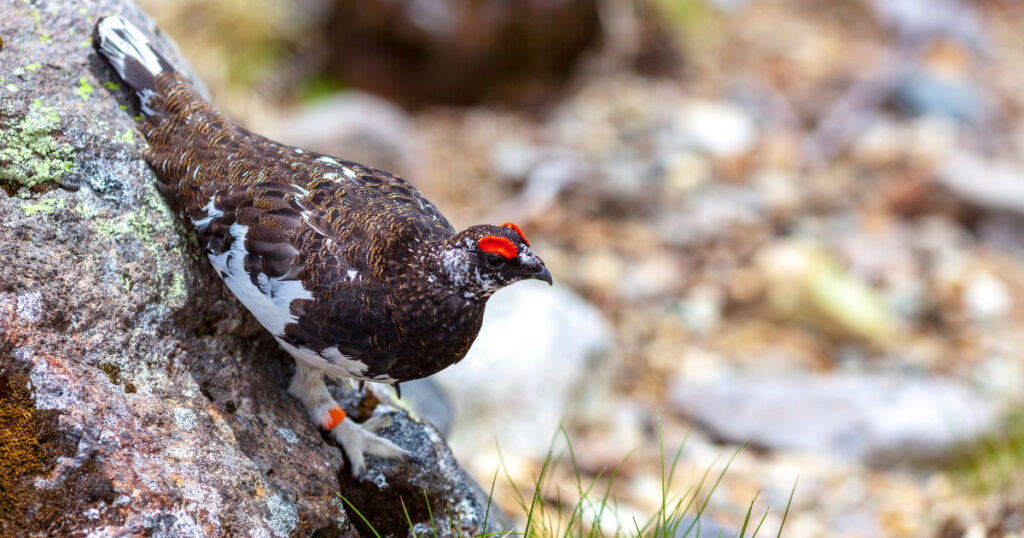
This region is famous for sightings of the ptarmigan.
The Tateyama Kurobe Alpine Route in Japan is a unique and scenic mountain pass. Key attractions include:
- Kurobe Dam: Japan’s tallest dam, offering spectacular views and a popular walking route.
- Murodo Plateau: The highest point on the route, known for its hiking trails and panoramic views.
- Shomyo Falls: Japan’s tallest waterfall, accessible via a short walk from the route.
- Tateyama Ropeway: Provides breathtaking aerial views of the surrounding mountains.
The best seasons to visit the Tateyama Kurobe Alpine Route are:
- Spring (April to June): Known for the impressive Snow Wall (Yuki-no-Otani), particularly in April and May.
- Autumn (September to November): Offers beautiful autumn foliage, with comfortable weather for hiking and sightseeing.
Each season offers a unique experience, with spring being famous for the towering snow walls and autumn providing vibrant fall colors.
4. Yakushima Island (屋久島)
Yakushima, a subtropical island off the southern coast of Kyushu, is another UNESCO World Heritage site.
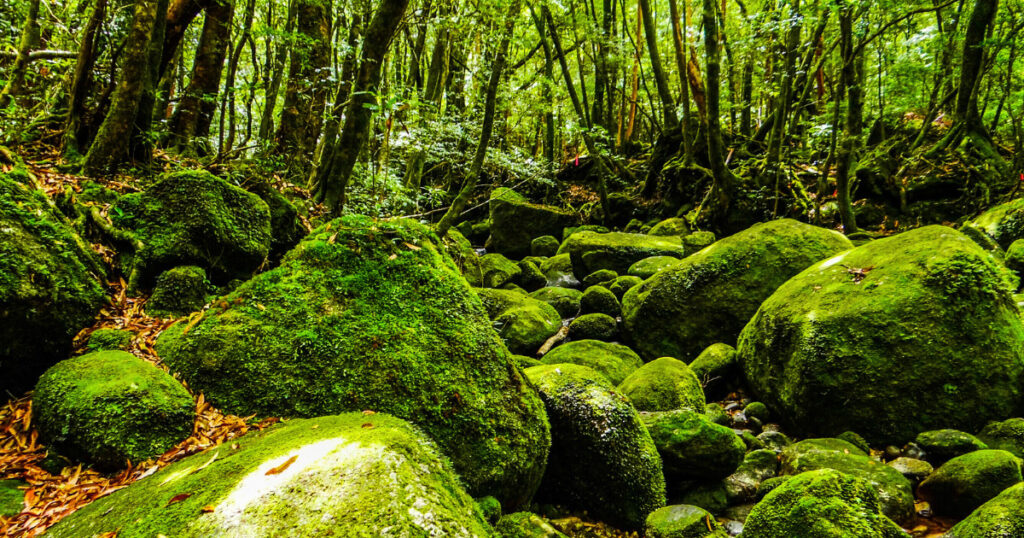
Famous for its ancient cedar forests, some of which are over a thousand years old, the island is a hiker’s dream. The mystical mossy forests inspired the famous film “Princess Mononoke”, and the island’s diverse ecosystems make it a fascinating destination for nature lovers.
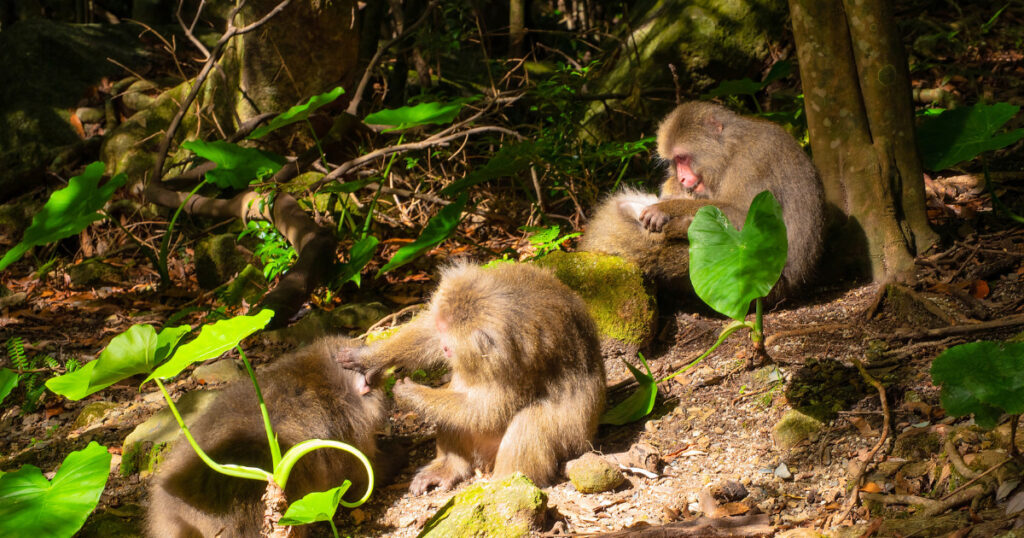
To get to Yakushima, an island in Kagoshima Prefecture, Japan:
- By Air: Direct flights are available from Kagoshima and Fukuoka to Yakushima Airport, taking about 35-40 minutes from Kagoshima and 1.5 hours from Fukuoka.
- By Ferry: Ferries run from Kagoshima to Yakushima, with the trip taking between 2 to 4 hours depending on the ferry type.
Key tourist attractions in Yakushima include:
- Jomon Sugi: An ancient cedar tree, estimated to be thousands of years old, accessible via a hiking trail.
- Shiratani Unsuikyo: A lush, moss-covered forest that inspired the film “Princess Mononoke.”
- Yakusugi Land: A nature park with walking trails among old-growth cedar trees.
- Okonotaki Waterfall: A beautiful and easily accessible waterfall on the island.
The best seasons to visit Yakushima are:
- Spring (April to June): Ideal for comfortable weather and viewing the island’s lush greenery and waterfalls.
- Autumn (September to November): Offers pleasant weather for hiking and exploring, with fewer crowds.
Yakushima is known for its rainforests and ancient cedar trees, with each season offering its unique beauty, from the vibrant greenery of spring to the mild and clear days of autumn.
5. Okinawa’s Remote Islands (沖縄の離島)
The remote islands of Okinawa offer a tropical paradise with their pristine beaches and crystal-clear waters. Ideal for snorkeling, diving, and marine life exploration, these islands provide a tranquil escape from the hustle and bustle of city life. Each island has its unique charm, from the rich cultural heritage of Taketomi Island to the stunning coral reefs of Ishigaki Island.
Ishigaki Island
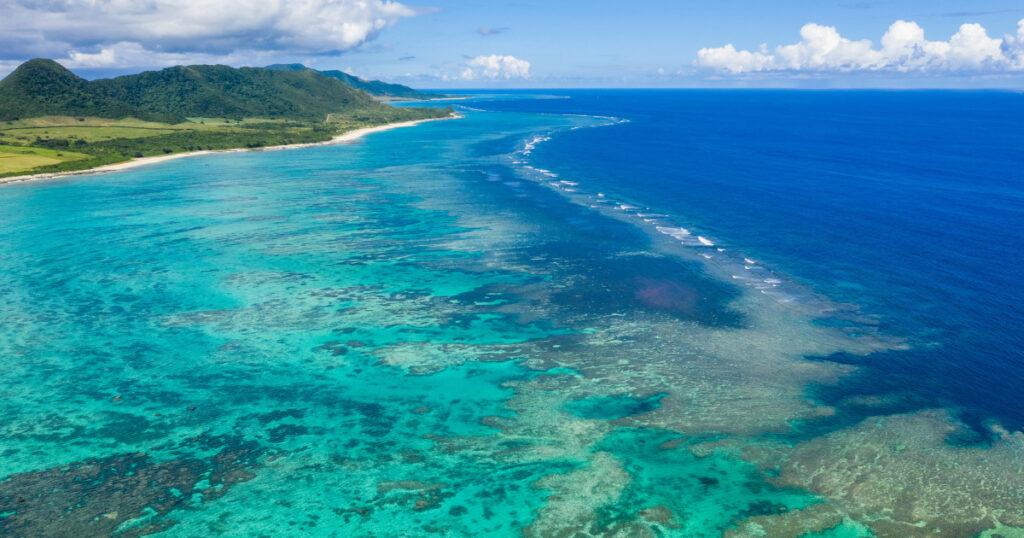
Ishigaki, known for its picturesque landscapes, offers more than just stunning coral reefs. This island is a hub for adventure-seekers. Here, visitors can explore Kabira Bay, renowned for its glass-bottom boat tours, offering a glimpse into the vibrant underwater world without getting wet.
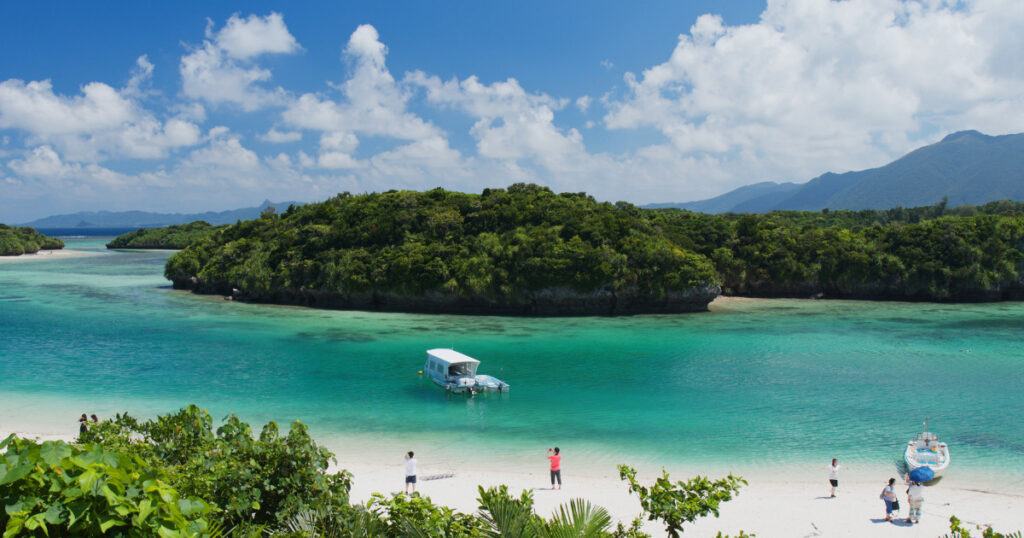
The island is also famous for its starry skies, making it an ideal spot for stargazing. Don’t forget to mention the unique Yaeyama soba, a local culinary delight, offering a taste of the island’s rich gastronomic culture.
the official tourist information website for Ishigaki City
Hateruma Island
Hateruma, the southernmost inhabited island of Japan, is a hidden gem with its unspoiled beauty. It’s known for its sugarcane fields, which create a picturesque rural landscape.
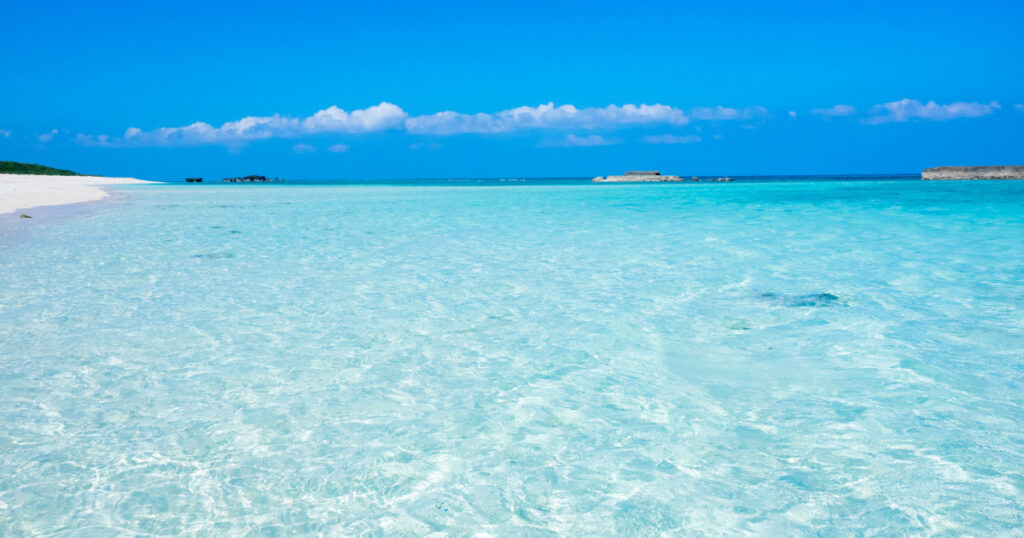
The Nishihama Beach on Hateruma is often touted as one of the most beautiful beaches in Japan, with its powdery white sand and emerald green waters. The island also holds historical significance with the Hateruma Astronomical Observatory, where visitors can learn about the stars and constellations in the clear night skies.
Taketomi Town Tourism Association
Miyako Island
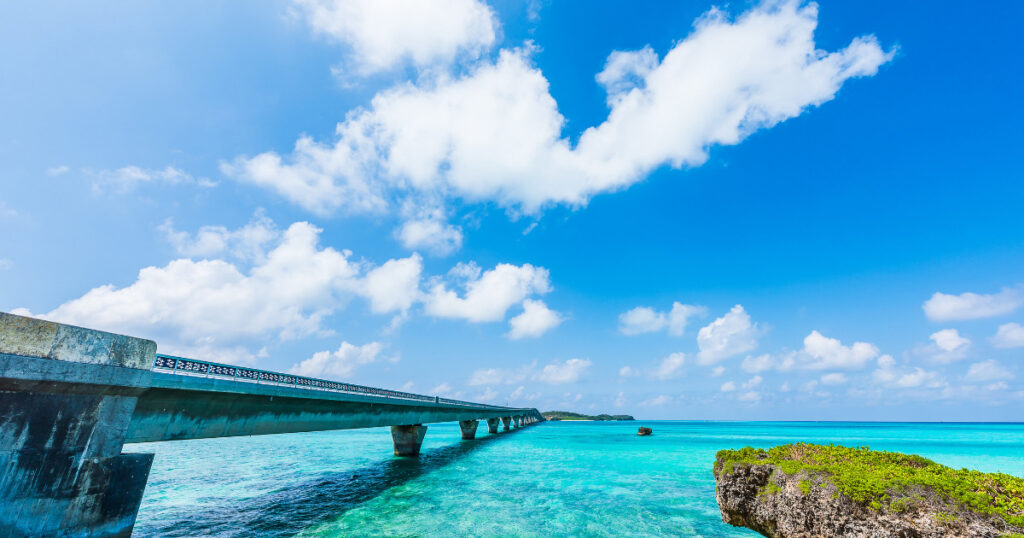
Miyako Island is renowned for its stunning beaches, such as Maehama Beach and Yoshino Beach, offering some of the best snorkeling spots with their clear waters and abundant marine life. The island is also home to the iconic Irabu Bridge, one of the longest toll-free bridges in Japan, connecting Miyako with Irabu Island. The cultural aspect of Miyako is fascinating too, especially the traditional dances and the distinctively woven Miyako-jofu textiles, which showcase the rich cultural heritage of the region.
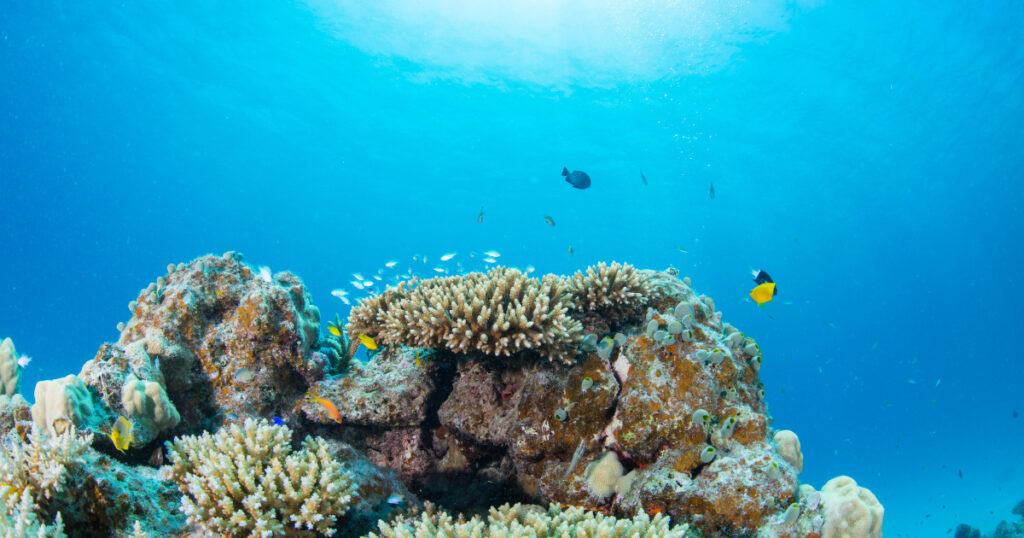
Japan’s natural landscapes are as diverse and captivating as its cultural heritage. These five destinations provide just a glimpse into the country’s vast array of natural beauty. Whether it’s the icy cliffs of Shiretoko or the warm beaches of Okinawa, Japan has something special to offer every nature enthusiast.
So pack your bags, and get ready to explore these natural wonders on your next trip to Japan!

